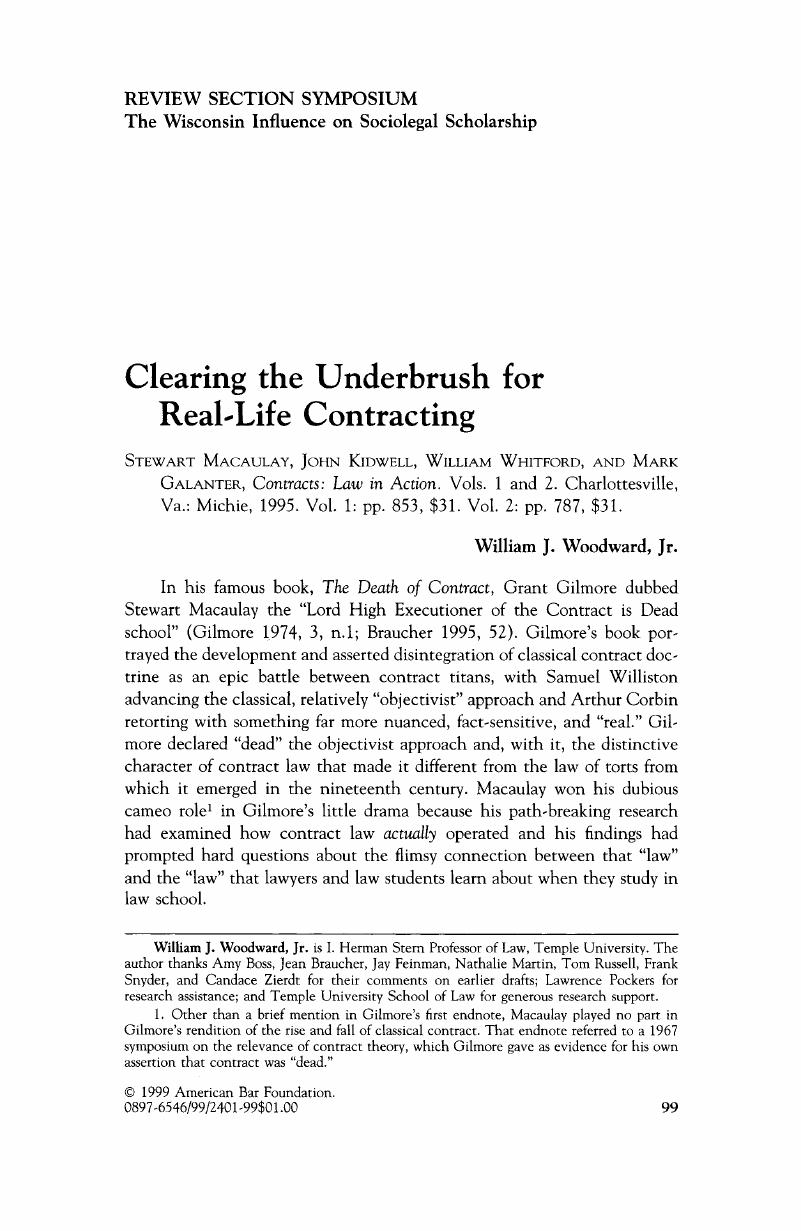Crossref Citations
This article has been cited by the following publications. This list is generated based on data provided by Crossref.
Jacoby, Melissa B.
2002.
Does Indebtedness Influence Health? A Preliminary Inquiry.
Journal of Law, Medicine & Ethics,
Vol. 30,
Issue. 4,
p.
560.





